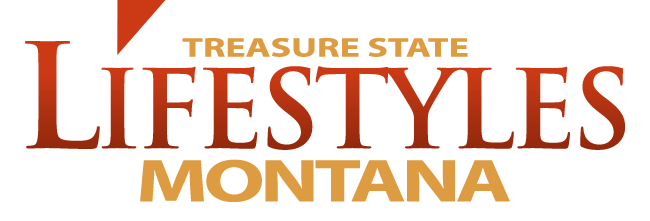In 1864, Russell was born in Missouri, far from the Wild West. He came from a wealthy family that owned a manufacturing business, and though his future seemed secure in it, Russell’s interests lay elsewhere. From a young age he had a creative spark and longed for adventure. He would regularly draw, paint, and sculpt works of art and listen to the stories
of those who had visited the West. By age thirteen, Russell had decided he wanted to see the wild frontier for himself and begged his parents to let him go. Instead, the Russells sent him to military school, hoping that the experience would help him gain a better perspective on life. This did not dissuade Charlie Russell from following his dream and so his parents allowed him to travel to Montana in 1880, hoping that the rugged Western lifestyle would change his view.
Though his early days in Montana were not without hardships, Russell endured and remained fascinated with the
West. He got a job herding sheep when he first arrived to the state but he was a poor shepherd and was let go within the first two months. Rather than going home discouraged, Russell pressed on looking for work. An experienced hunter and trapper, Jake Hoover, happened upon the young dreamer and took him under his wing. Hoover mentored Russell in the ways of the frontiersman, teaching him about local wildlife and how to survive in the West. Russell took up sketching during this time and drew much of what he saw. After apprenticing under Hoover for two years, he parted ways with the mountain man (but they remained lifelong friends).
For a short time in 1882, Russell returned home to visit his family, but couldn’t stand it. Missouri was too civilized for his tastes, so he happily returned to life in Montana.
Russell secured work as a night wrangler for a number of outfits in the Judith Basin and proved to be a good cowboy. During this time, he would sketch and paint Western life, often giving his artworks away to friends.
It wasn’t until 1886 that his talents were truly recognized.That year, a dramatic change in the climate took a heavy toll on ranchers. A dry summer was followed by a harsh winter, leaving cattle in the Judith Basin little to eat. Under these severe conditions, Russell painted a lone, starving cow being circled by wolves. The ranch owner that Russell worked for passed along his image (Waiting for a Chinook) which helped the young cowboy gain recognition as an artist.
Over the next forty years, Russell would experience more of the West and develop into one of the best Western artists of all time. He would live with the Blackfoot tribe in Canada, herd cattle north of the Milk River, and paint his experiences in Great Falls. His artwork would capture everything from the wildlife of the plains to cowboy mischief in Utica. Many artists would rival him in skill, but few could ever depict the Wild West with the same amount of wonder and adoration that Charlie Russell had.
A permanent collection of Russell’s art can be viewed at the C.M. Russell Museum, located at 400 13th Street North in Great Falls.


